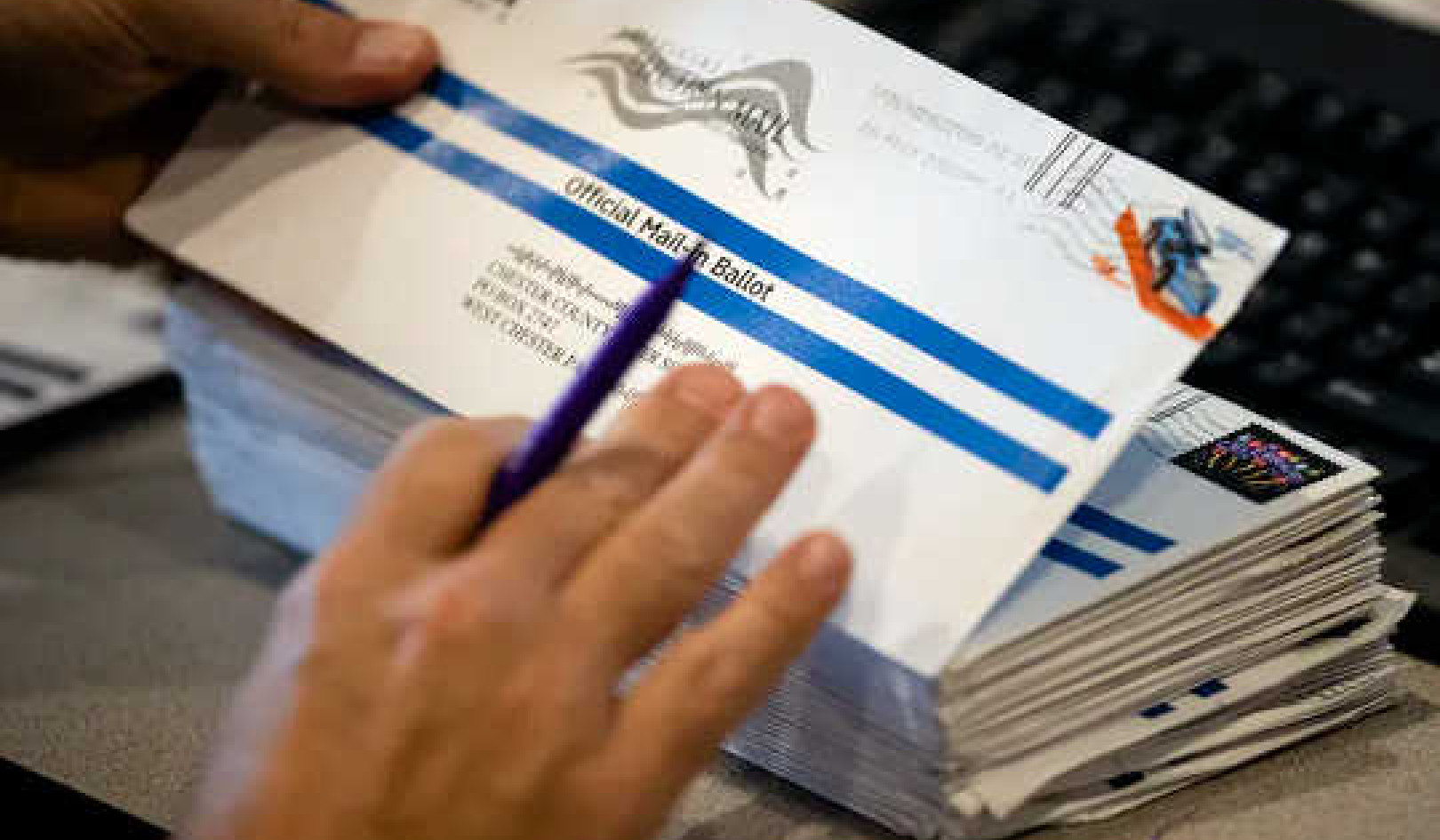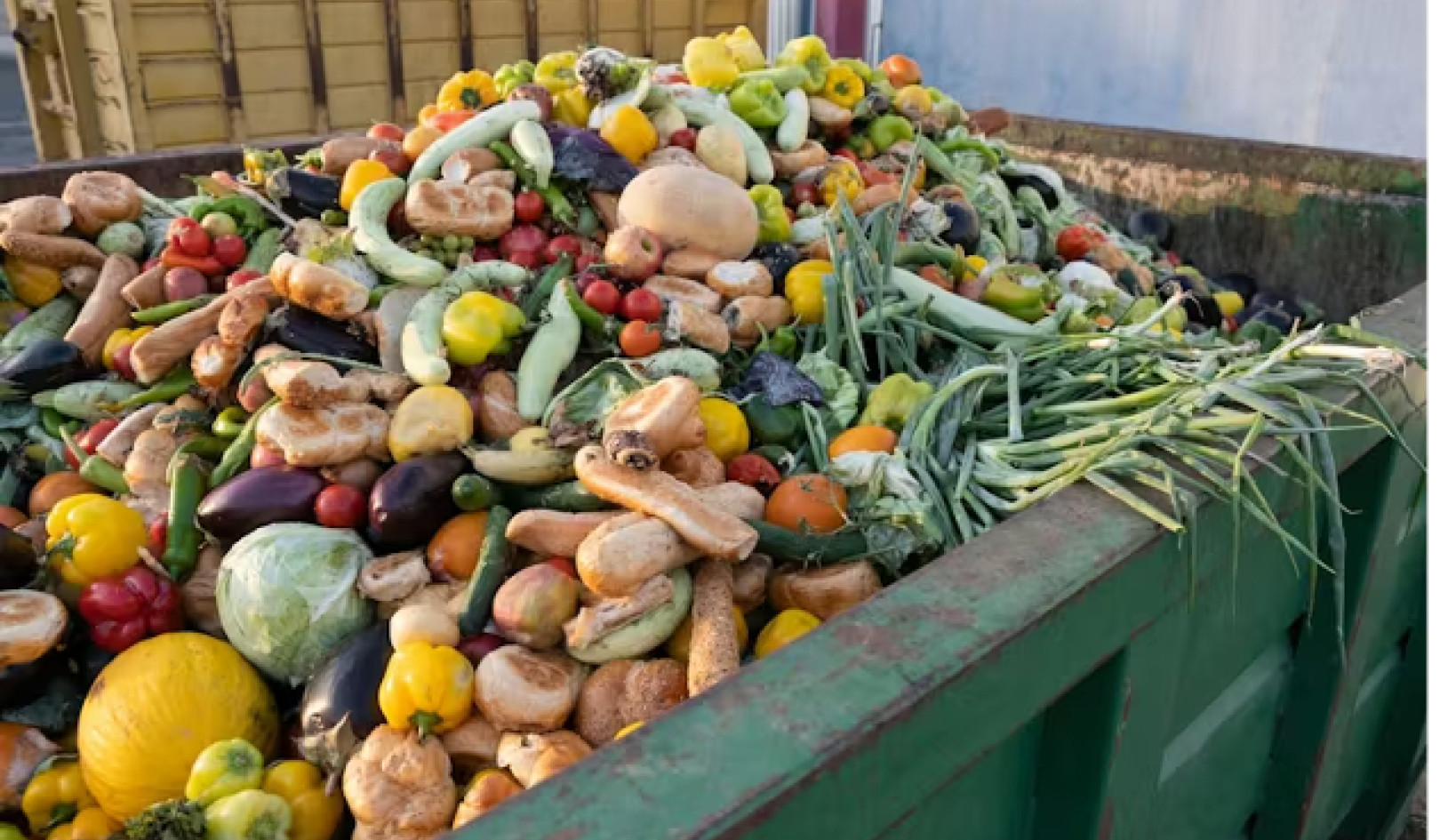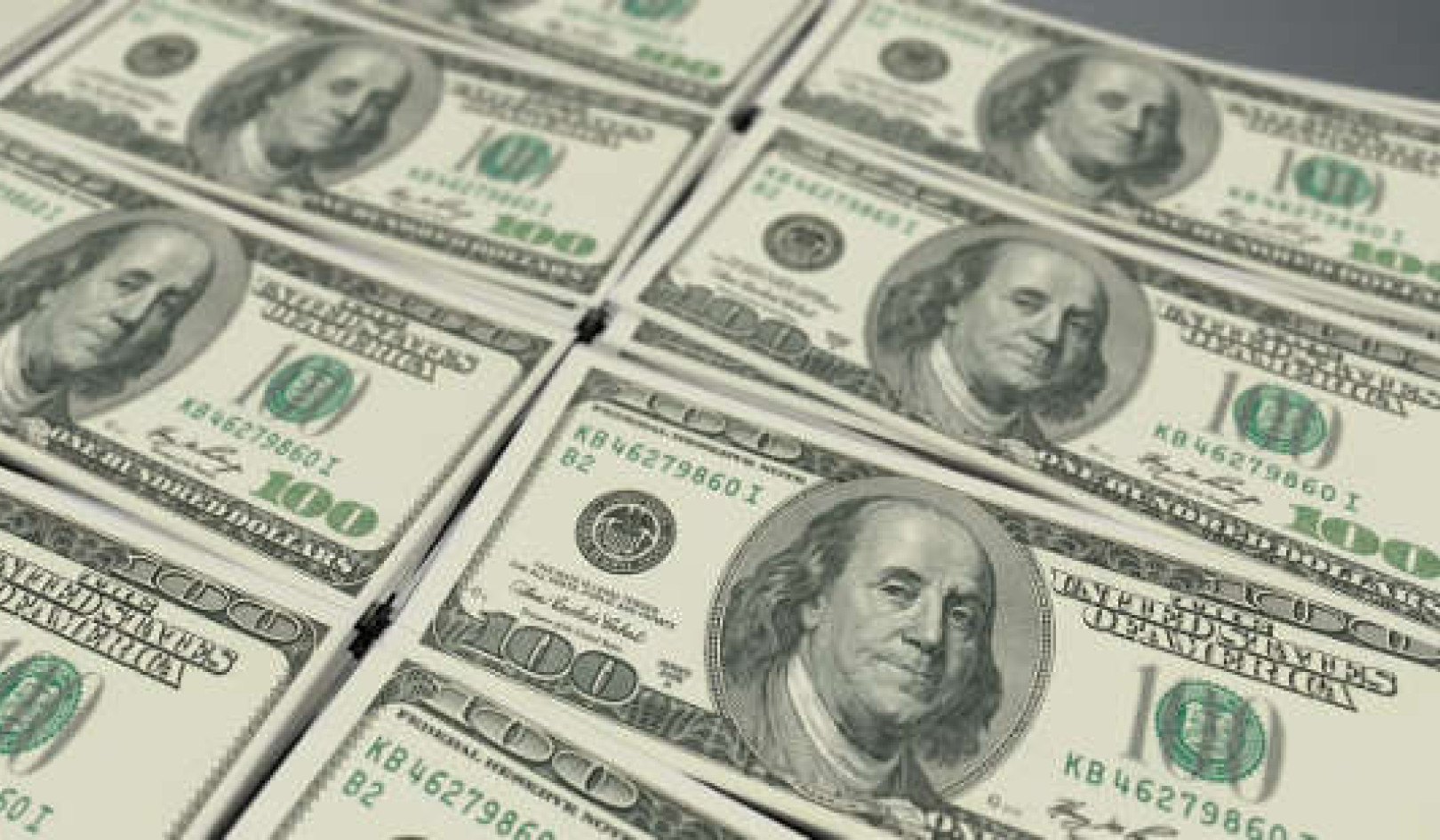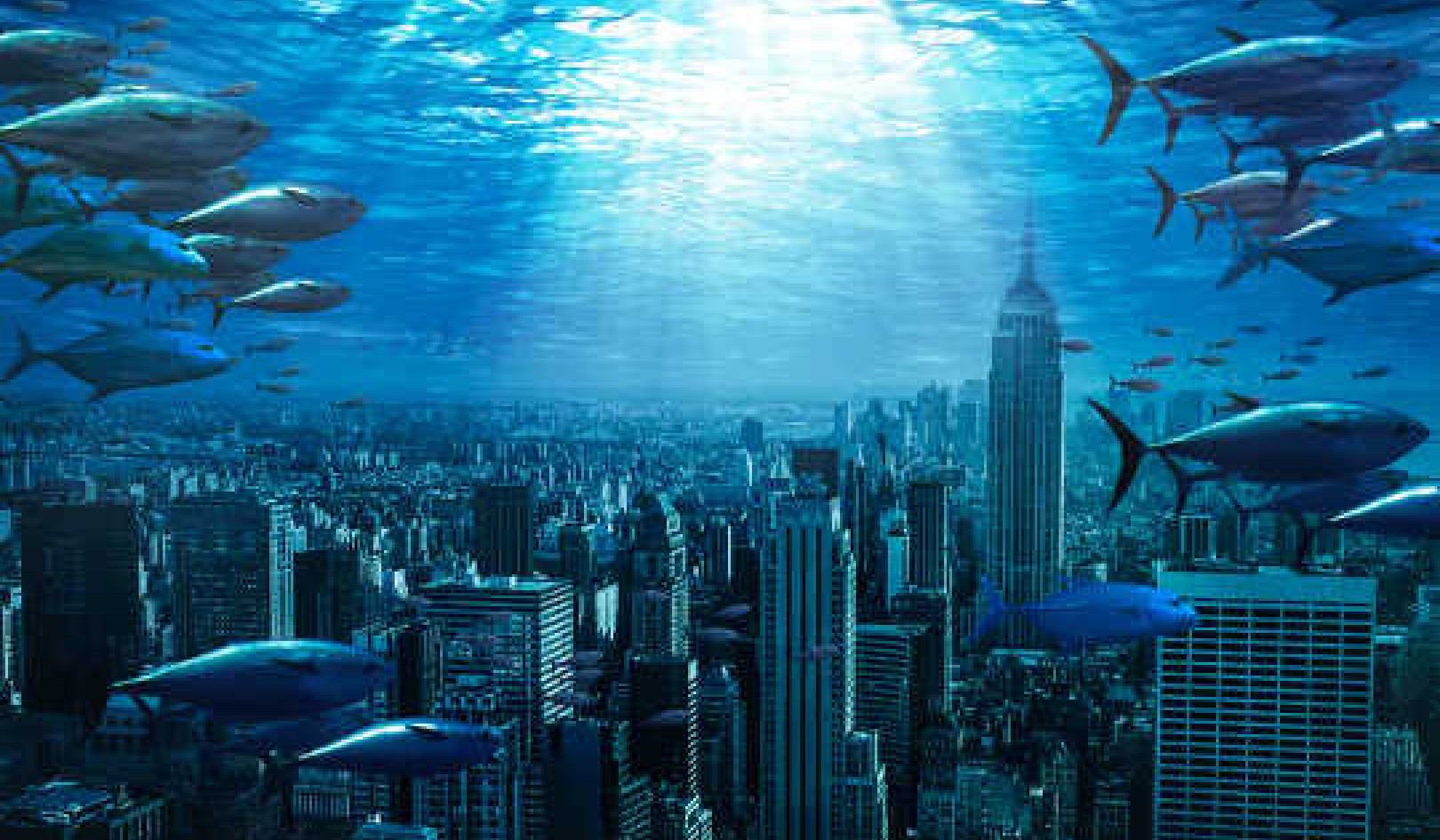 Thanks to Tyson Foods, selling meat on the cheap brings big money
Thanks to Tyson Foods, selling meat on the cheap brings big money
— especially when farmers have to shoulder all the risk
If the meat industry’s slaughter practices seem brutal to you, check out the economics. Capital requirements are daunting: the industry needs vast, well-vented feeding barns, high-tech slaughter facilities, fleets of trucks equipped with energy-sucking coolers. Demand fluctuates, ramping up production in good times and leaving producers holding unwanted livestock (or meat) in bad. And our meatpackers are caught in a vise between the whims of large, powerful buyers like Walmart and McDonald’s and the fickle (and lately, historically high) price of feed.
Given these obstacles, the fact that McDonald’s can consistently sell a Bacon McDouble burger for a dollar seems preposterous; it’s a wonder we have a large-scale meat industry at all, much less a highly profitable one. In The Meat Racket, the veteran agriculture journalist Christopher Leonard delivers a blunt-force answer to that riddle: the large meatpackers—as exemplified by Tyson Foods, his main focus—thrive by relentlessly driving down costs. They hog billions of dollars in annual profits by forcing much of the risk and need for capital expenditures onto their suppliers.
Tyson: The World’s Largest Meat Company
Tyson slaughters and packs about a quarter of the beef consumed in the United States, a fifth of the pork, and a fifth of the chicken, and it is now eagerly exporting its business model to Brazil and China. The company got its start in the early 1930s, Leonard tells us, when an enterprising young man named John Tyson, having been knocked off the family farm by the Depression, launched an enterprise that delivered fruit grown in Arkansas to urban markets. He also sold a few chickens on the side. By connecting farms to markets, Tyson sought shelter from the risks of farming, acting as a middleman.
As chicken became central to his business, he learned that even the middleman’s role carried too much risk. Because of price fluctuations, “Sometimes the profit on a load of chickens was wiped out in the time it took to deliver them.” He realized that selling farmers the feed they needed to grow their birds would act as a hedge against price drops. Not only was this an especially profitable part of the supply chain; it was the only part that remained profitable when prices slumped. From that insight, Tyson developed the highly lucrative model that would come to dominate U.S. meat production: grab hold of the profitable bits of the supply chain and foist the rest onto others.
Here’s how it worked: Tyson supplied the chicks and the feed to farmers, who grew them out under a contract to sell them back to Tyson in a murky “tournament” system that rewarded the most efficient farmers and punished the laggards. Tyson then slaughtered the birds and brought them to market.
Tyson: Almost Nothing To Do With Farming
The key is that Tyson has almost nothing to do with the actual farming. The company dabbled in the 1960s with growing its own birds but quickly dropped the idea. One reason, Leonard says, was that it was easier to motivate a debt-focused farmer than a salaried employee to do the dirty work, “which involved hauling loads of dead chickens out of a barn where the ammonia fumes were so strong they burned the eyes.” More important, chicken houses proved to be a terrible investment because they “served only one purpose, and they lost their value quickly as they wore out.”
By promising them a steady income and help with government-backed loans, Tyson enticed farmers in rural areas of the Deep South to shoulder the risk. As Leonard demonstrates, the system routinely bankrupted farmers, but Tyson could always find new ones to buy their facilities at fire-sale prices. Eventually, the company would barrel into the pork and beef markets, transforming them along similar lines, in a process Leonard dubs “chickenization.”
Tyson Meat Production = A Multitude of Sins
For all the dirt Leonard digs up here, he doesn’t fully cover the multitude of sins of the meat production system that Tyson pioneered. Readers hoping to learn about the rise of antibiotic-resistant pathogens it helped engender, for example, will have to look elsewhere. And I would have liked to read more about the cozy relationship between Tyson and Arkansas’s most famous political family, the Clintons. (I had to go to Google to find that it was the ruthless Tyson lawyer James Blair who facilitated Hillary Clinton’s famously successful cattle-futures deal in the late 1970s.)
While Leonard writes with the energy of a vintage muckraker, he at times loses narrative steam, bogged down in details. Yet in writing the definitive account of the rise and reign of Tyson Foods he has made a crucial contribution to our understanding of the modern meat racket—and of its ruinous effect on the rural economies it touches.
This article originally appeared on OnEarth
About the Author
 Tom Philpott is a co-founder of Maverick Farms, a North Carolina–based sustainable farm and food education center. Philpott’s writing on the politics of food has appeared in the Guardian, Newsweek, and other publications. A former columnist and editor at Grist, he now writes the "Food for Thought" blog for Mother Jones.
Tom Philpott is a co-founder of Maverick Farms, a North Carolina–based sustainable farm and food education center. Philpott’s writing on the politics of food has appeared in the Guardian, Newsweek, and other publications. A former columnist and editor at Grist, he now writes the "Food for Thought" blog for Mother Jones.
Recommended Book:
The Meat Racket: The Secret Takeover of America's Food Business
by Christopher Leonard.
 In The Meat Racket, investigative reporter Christopher Leonard delivers the first-ever account of how a handful of companies have seized the nation’s meat supply. He shows how they built a system that puts farmers on the edge of bankruptcy, charges high prices to consumers, and returns the industry to the shape it had in the 1900s before the meat monopolists were broken up. At the dawn of the twenty-first century, the greatest capitalist country in the world has an oligarchy controlling much of the food we eat and a high-tech sharecropping system to make that possible. We know that it takes big companies to bring meat to the American table. What The Meat Racket shows is that this industrial system is rigged against all of us. In that sense, Leonard has exposed our heartland’s biggest scandal.
In The Meat Racket, investigative reporter Christopher Leonard delivers the first-ever account of how a handful of companies have seized the nation’s meat supply. He shows how they built a system that puts farmers on the edge of bankruptcy, charges high prices to consumers, and returns the industry to the shape it had in the 1900s before the meat monopolists were broken up. At the dawn of the twenty-first century, the greatest capitalist country in the world has an oligarchy controlling much of the food we eat and a high-tech sharecropping system to make that possible. We know that it takes big companies to bring meat to the American table. What The Meat Racket shows is that this industrial system is rigged against all of us. In that sense, Leonard has exposed our heartland’s biggest scandal.
Click here for more info and/or to order this book on Amazon.
























